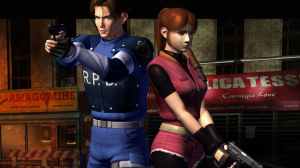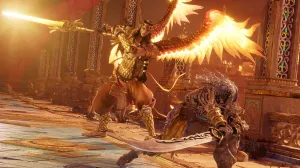Some developers in the gaming space are visionaries, creating tiles that come to exist within a spectrum the world is not ready for. They see the future long before the rest of us, building systems and ideas that the industry simply isn’t ready to handle. When that happens, genius often appears as a specter of failure. Players misunderstand it, critics shrug, and the marketplace turns its attention elsewhere. Yet years later, those same titles often resurface, their brilliance finally recognized by the ones who can see what they were trying to do, only usually it’s too late. The damage is done.
Videos by ComicBook.com
The games that innovated too early, that dared to reimagine what gaming could be, and suffered for their courage, typically are titles that had everything necessary to be successful, but society of circumstance deems them not, for one reason or another. Each of them introduced concepts that later became industry staples, but at the time, they were too strange, too new, too flawed, or too human for the world to appreciate them.
5. Mirror’s Edge (2008)
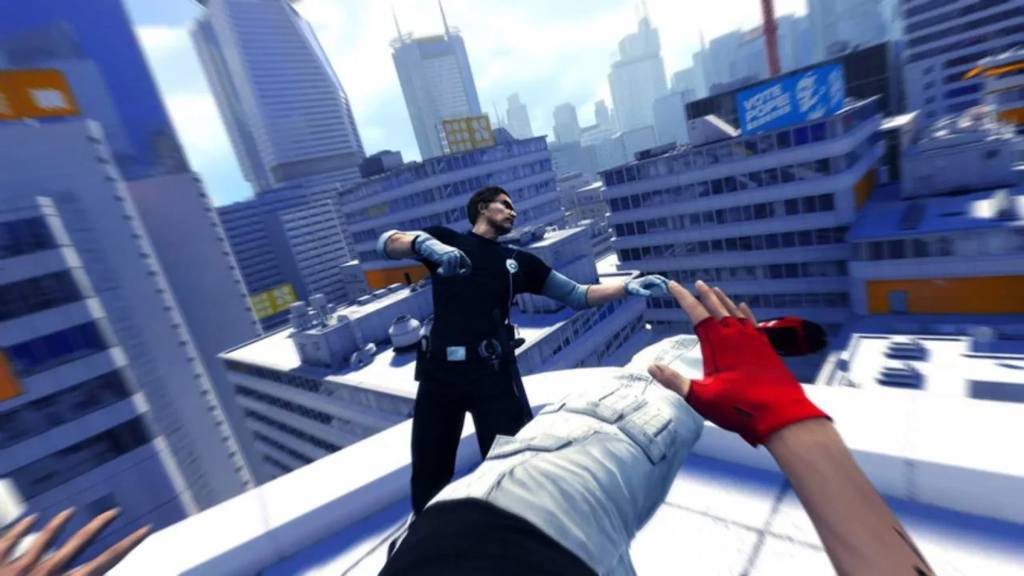
When Mirror’s Edge launched, it offered something the first-person genre had never seen before: incredible movement without murder’s focal association. Instead of spraying bullets from guns, players sprinted across blinding white rooftops, leaping, rolling, and vaulting through a minimalist dystopia meant to invoke a sense of conformity where it should not exist. Its stark art design and parkour system were stunningly modern, a visual and mechanical prototype of the freer, smoother movement that would dominate games later as a standard addition rather than as something special.
Unfortunately, for all its grace and splendor, Mirror’s Edge confused audiences trained to expect combat out of their “first-person shooters”. While guns were present, using them was actively discouraged, preventing the use of most parkour movement, slowing down Faith, the game’s protagonist. They also couldn’t be reloaded, ensuring the game’s focus remained on its movement over violence. Mirror’s Edge’s story, as a result, was quiet where others were loud, its pacing deliberate when shooters were about, well, shooting. Critics admired the innovative approach, but consumers did not see it so fondly as dedicated by the lack of sales. Despite being a cult classic from today’s perspective, only after the industry embraced parkour-style traversal did players realize Mirror’s Edge had already mastered it.
4. Shenmue (1999)
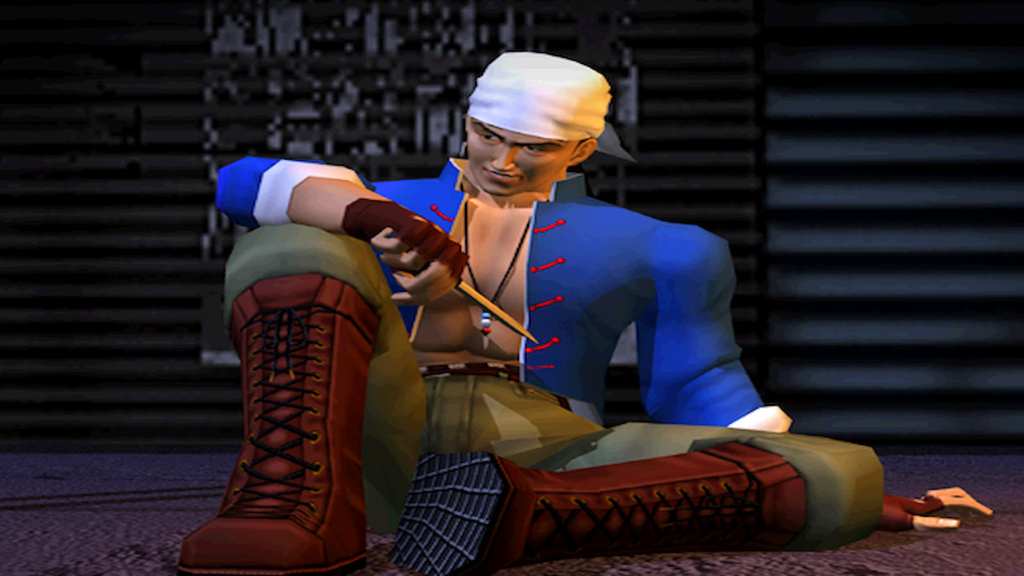
Before open-world games were considered a formula to be followed, Shenmue was a revelation on a level never really seen before it. Every NPC had a schedule. Time passed realistically. You could work a job, play arcade games, and live a simulated life in 1980s Japan. It was less an adventure game than a living world, handcrafted in obsessive detail by Yu Suzuki and his team at Sega. Today, open-world games are a dime a dozen, but Shenmue was a monumental innovation on a concept that had barely existed at the time.
Unfortunately, the time period of all this innovation came at a cost. The game’s unprecedented budget nearly bankrupted Sega, and its slow, meditative pace alienated those expecting something more traditional. The dream of Shenmue was too expensive and too niche to sustain, largely due to simply being too ambitious for what technology could realistically allow. It was a massive undertaking with so many moving parts that much of it was broken at the seams. Despite this and decades later, it’s celebrated as one of the pioneers of the open-world genre, but its failure marked the end of Sega’s console ambitions.
3. Daikatana (2000)
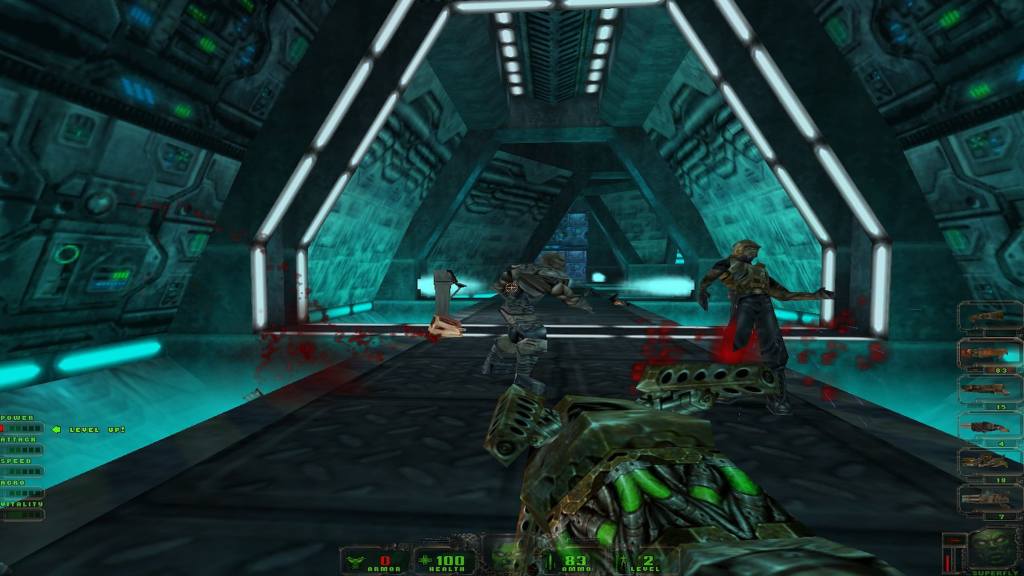
Few games have fallen from grace as spectacularly as Daikatana. The brainchild of Doom co-creator John Romero, it aimed to revolutionize shooters with time-traveling worlds, RPG-style weapon progression, and AI companions that reacted to your choices: common mechanics in today’s industry. It had all the makings of something that could have easily been successful if pulled off in its entirety. In concept, it was wildly forward-thinking, a conceptual blueprint for what narrative-driven action games would later become.
But ambition can be poison when the world isn’t ready for it, and when the game is a literal mess as a result. After years of delays and a disastrous marketing campaign, Daikatana arrived broken and impossible to love. The game suffered similarly to Shenmue as a project marred by a lack of technological stability to make all its gears turn correctly. For example, its companion AI, once a bold idea, ultimately became one of its biggest downfalls with a system that pretty much did not work (and still doesn’t). Romero’s vision was simply too ambitious, and the scope creep the game suffered during development ultimately led to its failure. The game’s failure effectively ended Ion Storm’s dream of redefining the FPS genre, but it is still remember for many of the foundational systems used in narrative-driven action games today.
2. Spec Ops: The Line (2012)
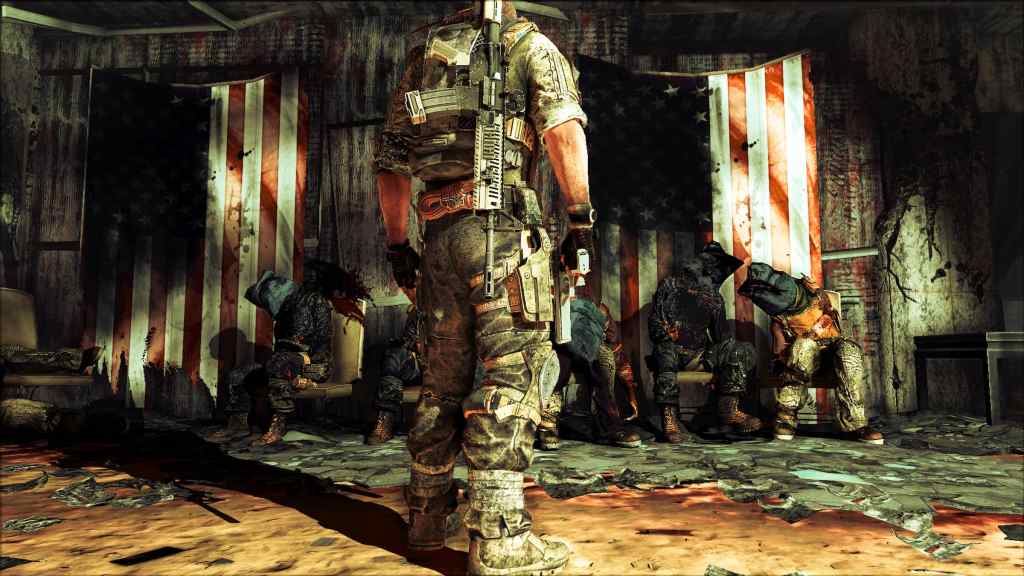
Few games have dared to stare into the soul of the player the way Spec Ops: The Line did. The game begins as a standard military shooter with many of your typical tropes present. Its outward appearance appeared run-of-the-mill at the time of its release, and it unfortunately paid for that, despite being so much more. Spec Opts: The Line may start basic, but it quickly twists into a psychological descent that questions the morality of violence and heroism itself. It stripped away the power fantasy of being an elite soldier and asked players to confront what their actions truly meant. Years before The Last of Us or This War of Mine, it held a mirror up to the industry.
But no one was ready to see that reflection. As mentioned, the game was perceived and marketed like another generic shooter. As a direct result, Spec Ops sold poorly and was largely ignored by players expecting something more conventional. It would not be underselling to say that the game’s failure was almost entirely due to its marketing campaign. Its haunting message and unflinching narrative found appreciation only long after release, and the game sacrificed its commercial future to tell an uncomfortable truth.
1. Kingdoms of Amalur: Reckoning (2012)
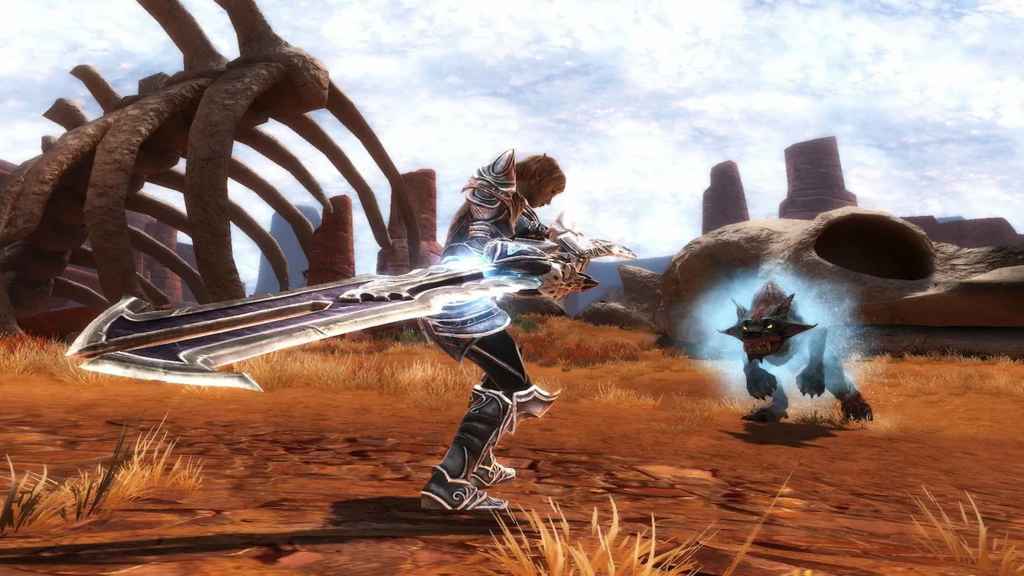
Sometimes, some games are so utterly ambitious that they seem impossible to pull off regardless of technological restraints. Kingdoms of Amalur: Reckoning is one such title. The game was the product of enormous talent. With Elder Scrolls veterans, a Spawn artist, and author R.A. Salvatore on board, it delivered an RPG that blended tight, action-heavy combat with sprawling world design intentionally reminiscent of a full-blown MMORPG. For what was released, it worked. The game is still considered a cult classic by those who played it, and it was certainly well ahead of its time, considering that there is still not a game quite like it today.
Yet the studio behind it, 38 Studios, collapsed almost immediately after the game’s release. Financial mismanagement and political scandal buried Reckoning beneath debt and lawsuits, sending any chance of mainstream success spiraling into the sun. As stated, the game itself was praised, but its world was left unfinished. Its innovation came too late to save the people who made it, turning one of the most promising new RPG universes into a tragic industry lesson.
What do you think? Leave a comment below and join the conversation now in the ComicBook Forum!

